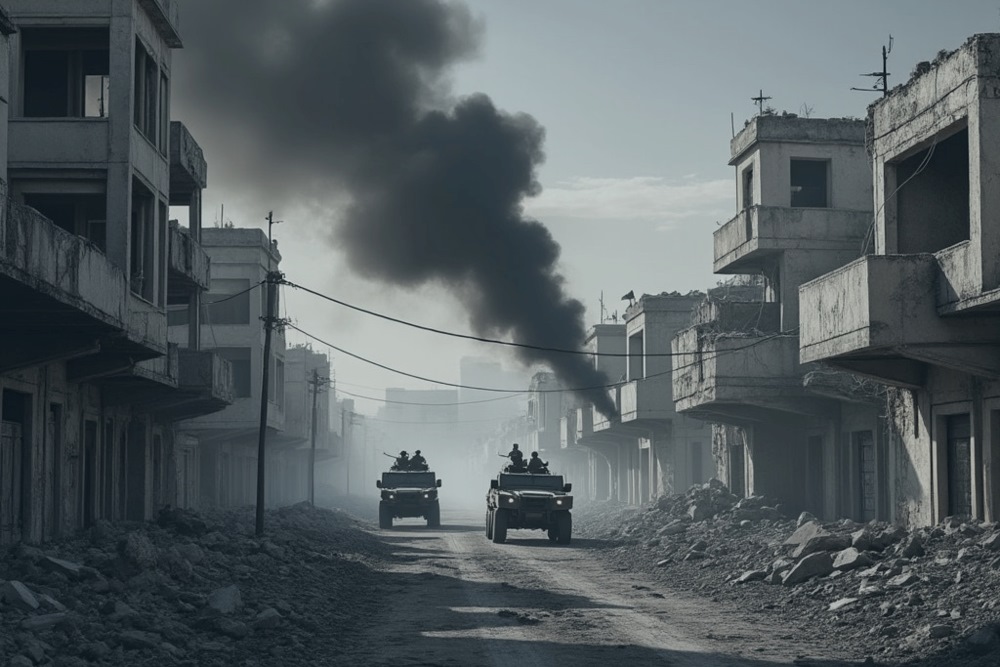
Some Western media are painting a misleading picture of a resurgent Hamas making a comeback after “surviving” the Gaza war. This narrative, promoted in various articles and opinion pieces, is missing the point.
This brand of analysis tends to narrowly focus on the number of surviving Hamas terrorists or the group’s fresh recruits. Such assessments overlook the sweeping destruction of Hamas operational capabilities and grim outlook the group now faces.
Israel’s operations systematically dismantled the Gaza terror base and strategic Hamas assets, deeply eroding the group’s military power.
This wide-scale campaign resulted in massive destruction of arms caches, weapons factories, terror compounds and Hamas command centers.
Moreover, the IDF demolished large parts of the extensive network of tunnels Hamas relied on to protect key assets and terror leaders. With much of this underground system devastated, Hamas lost its most vital logistical lifeline, one that could take years and immense resources to rebuild – if it can be rebuilt at all.
This degradation of assets put Hamas in a position of extreme weakness, stripping away its ability to operate as a serious military force. Moreover, with much of its rocket and weapons arsenal gone, Hamas lacks the firepower to pose a major threat to Israel.
Equally significant is the loss of Hamas’ top leadership and most of its field commanders, all eliminated by the IDF. These leaders and operatives had long years of experience, battlefield knowledge, and training that new recruits can’t replicate.
This means that Hamas military expertise and intel gathered over decades of engagement with Israel is now largely lost. This gap in experience and leadership creates a void that Hamas will struggle to fill, no matter how many new recruits it enlists.
Israel’s new doctrine
Even as Hamas attempts to rebuild, Israel’s new, proactive military doctrine presents further challenges.
Unlike its failed policy of containment, Israel is now committed to preemptive and preventive action, ensuring that Hamas cannot rebuild, train openly or conduct large-scale military exercises as it once did.
The risk of Israeli strikes now looms over any Hamas attempts to gather forces for orderly training and deployment. This means that even if Hamas attracts new recruits, the quality of its fighting force will be deeply eroded, likely for years to come.
In overlooking these realities, narratives that suggest Hamas “survived” the war fail to capture the magnitude and impact of its losses. For all intents and purposes, the terror army that existed in Gaza on October 7 did not survive.
In many ways, Hamas is now an entirely different, and much weaker, organization. [here’s more on the catastrophe suffered by Hamas due to terrible choices but its leadership]
The destruction of strategic assets, decimation of veteran leaders and seasoned commanders, and constraints of Israel’s proactive strategy mean that any notion of a Hamas comeback is far-fetched. At the very least, it is far more complex than a simple count of remaining fighters might suggest.
For Hamas, the road ahead may be less about resurgence and more about struggling to maintain relevance amid severe, potentially irreversible setbacks.


